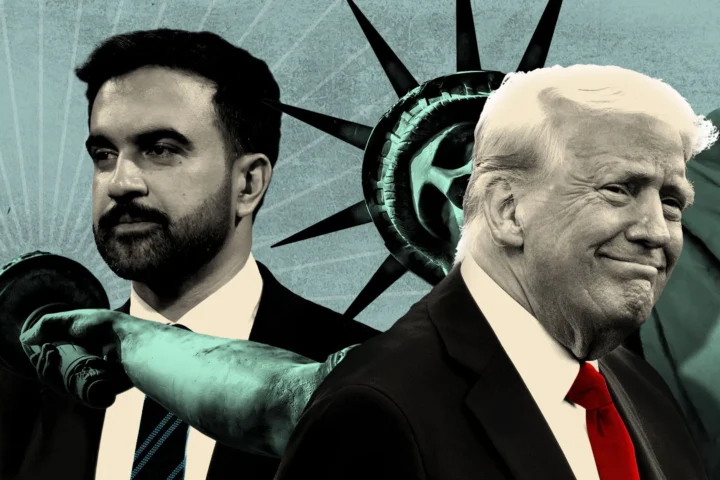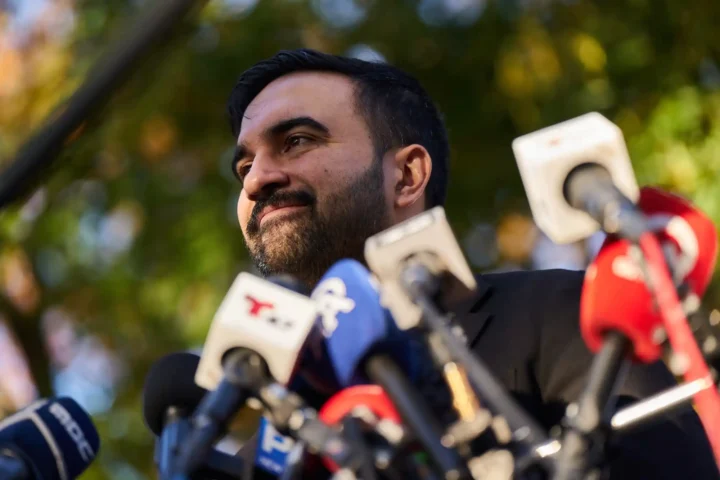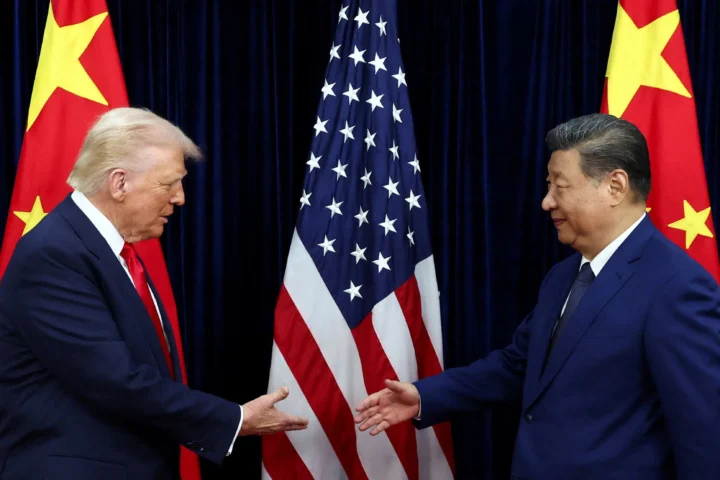As President Donald Trump enjoys his most successful political stretch since re-entering the White House, his recent actions have signaled a resurgence of traditional Republican priorities — and a stark reality check for the party’s populist and isolationist wing.
From pushing a business-friendly tax package to launching a forceful military strike against Iran and recommitting U.S. support to Ukraine, Trump’s latest moves reaffirm that, despite the party’s shifting rhetoric, its core remains firmly anchored in old-guard conservatism: low taxes, strong defense, and close ties with allies.
The Business of Governing
Last month, Trump signed a sweeping tax bill that would’ve pleased the editorial board of the Wall Street Journal. The legislation made permanent a host of corporate tax cuts, scaled back estate taxes, and provided new benefits for small businesses, while only temporarily enacting populist-friendly measures like tax relief on tips and overtime.
For Trump, the timing was classic: a major policy move quietly signed over the Fourth of July holiday, then quickly overshadowed by his loud pronouncements on global trade.
But while the tax bill may seem like a policy win for populists like Sen. J.D. Vance or strategist Steve Bannon, its contents suggest otherwise. Trump may have campaigned as a champion of the working class, but when it came time to govern, it was the traditional Republican establishment — from Grover Norquist to Newt Gingrich — that had his ear.
“Most Republicans know voters support them to cut taxes and keep you safe,” said GOP strategist Josh Holmes. “Taxes and security offer a pretty clear choice, and it’s the fundamental advantage Republicans have with the center of the electorate.”
Old Habits Die Hard
While the populist wing of the GOP urged Trump to raise taxes on the wealthy and expand benefits for families, longtime party stalwarts worked behind the scenes to keep the president aligned with decades of conservative orthodoxy.
Each time Trump flirted with higher tax rates, traditionalists mobilized. Norquist, a fierce anti-tax advocate, said his network intervened on at least three separate occasions to shut down attempts at raising taxes, including by sending Trump campaign trail clips reminding him of his own promises.
Even when Trump mused about a wealth surtax, Republican lawmakers made it clear it wouldn’t fly. Any increase would require Democratic support, they warned — and would risk undermining Trump’s base among small-business owners, many of whom file as individuals under so-called “S-Corp” status.
In the end, Trump listened — though, as Gingrich noted, “He doesn’t always obey, but he always listens.” That’s often enough to steer the ship.
Hawkish Turn Abroad
Trump’s recent foreign policy decisions show a similar tilt back to GOP orthodoxy. After initially distancing himself from Israeli Prime Minister Benjamin Netanyahu, Trump reversed course and supported Israel’s airstrikes against Iran — then upped the ante by sending U.S. B-2 bombers to assist.
The result: a brief but intense conflict Trump dubbed the “12-Day War,” followed by a ceasefire he quickly took credit for. Meanwhile, his allies rushed to celebrate the operation, even floating Nobel Peace Prize nominations.
Trump also gave new life to two initiatives populists had resisted: continued military aid to Ukraine and a renewed commitment to the AUKUS nuclear submarine pact with Australia and the UK. Both reversals came after private conversations with foreign leaders who, like Netanyahu, have learned the art of influencing Trump directly.
In each case, Trump didn’t undergo an ideological shift — he simply saw an opportunity for a high-profile win.
The Personality Party
All of this underscores a central truth about Trump-era politics: his coalition is built less on ideology and more on identity. The populist base isn’t necessarily cheering for tax hikes or foreign policy retreats. Instead, they rally behind Trump as a figure of opposition — to Democrats, to elites, to cultural trends they reject.
That’s why Trump’s choices, even when they seem to betray populist priorities, rarely cost him politically. His followers care less about policy details than about who he’s fighting.
Still, the limits of Trumpism are becoming clearer. When it comes to actual legislation, the party’s old guard — figures like Sen. Jerry Moran, Rep. John Boozman, and the supply-side faithful — retain control. And on core issues like taxes and national security, they have proven unwilling to cede ground.
Trump may claim to define “America First,” but in practice, he often returns to familiar Republican territory. The revolution, for all its bluster, remains unfinished.
For now, the populist rebellion is loud but largely ineffective — its torchbearers able to shape the tone, but not the substance, of GOP governance.
And while Trump continues to chase the next “big, beautiful win,” it’s clear that the architects of yesterday’s Republican Party still hold the blueprint.











